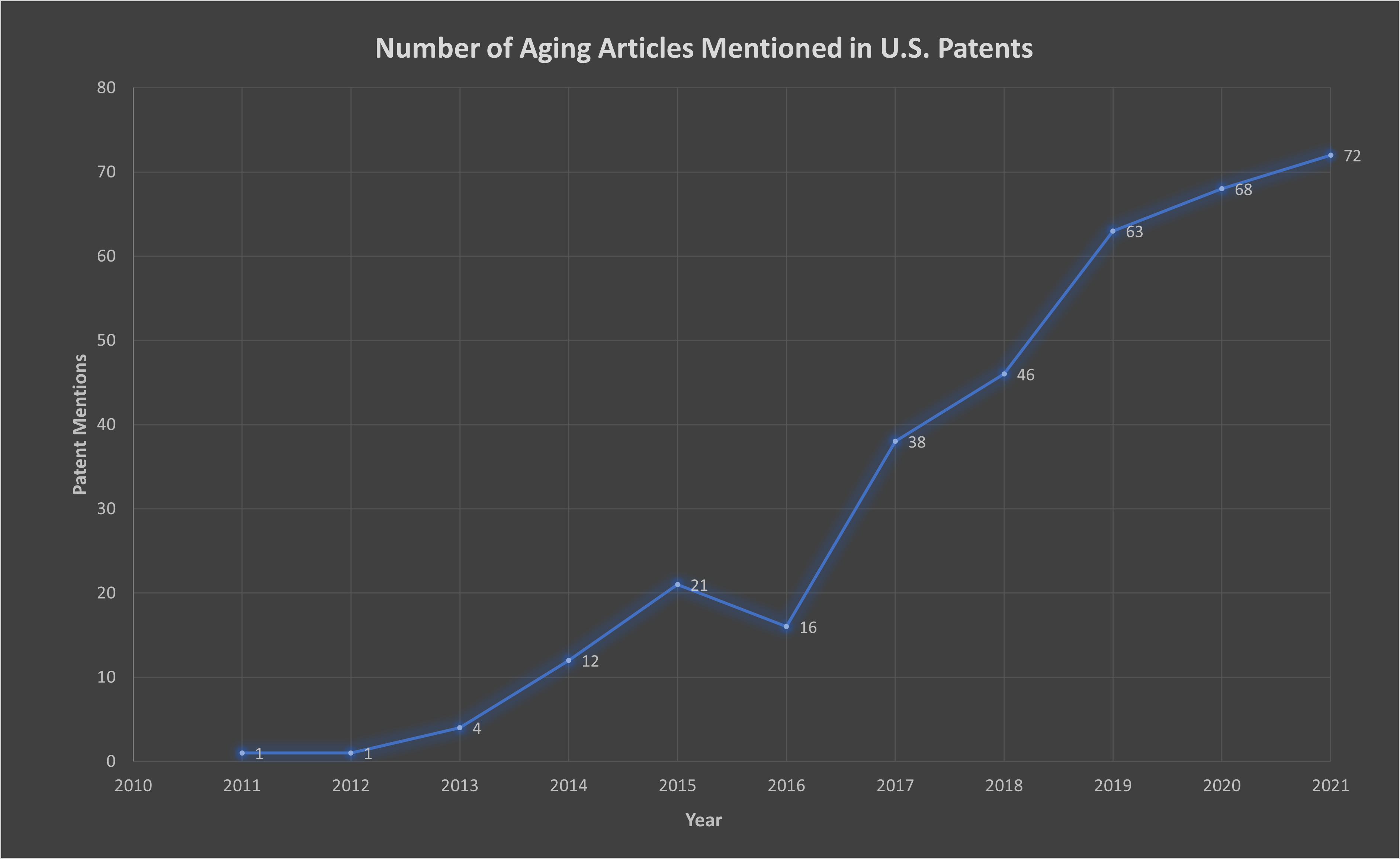Research Paper Volume 13, Issue 15 pp 19306—19316
LncRNA-HAGLR motivates triple negative breast cancer progression by regulation of WNT2 via sponging miR-335-3p
- 1 Department of Breast Surgery, Hubei Cancer Hospital, Tongji Medical College, Huazhong University of Science and Technology, Wuhan City, Hubei Province 430079, China
- 2 Department of Radiology, Hubei Cancer Hospital, Tongji Medical College, Huazhong University of Science and Technology, Wuhan City, Hubei Province 430079, China
Received: March 19, 2021 Accepted: June 22, 2021 Published: August 10, 2021
https://doi.org/10.18632/aging.203272How to Cite
Copyright: © 2021 Jin et al. This is an open access article distributed under the terms of the Creative Commons Attribution License (CC BY 3.0), which permits unrestricted use, distribution, and reproduction in any medium, provided the original author and source are credited.
Abstract
Background: Triple negative breast cancer (TNBC) is a group of highly heterogeneous mixed breast cancer at the level of gene expression profile. Therefore, it is of great clinical significance to explore the molecular mechanism of TNBC and find a targeted therapeutic approach from the molecular level.
Methods: Long non-coding RNA (lncRNA) HAGLR expression level was measured by and qRT-PCR in TNBC tissues and cell lines. EdU, MTT, wound healing and Transwell assays were performed to explore the role of HAGLR on the malignancy of TNBC cells. Luciferase assay was used to clarify the binding between miR-335-3p with HAGLR and WNT2. The tumor formation experiment in nude mice was used to explore the function of HAGLR in vivo.
Results: HAGLR was increased in TNBC tissues and cell lines. Silencing of HAGLR inhibited viability, proliferation, migration, and invasion of BT549 cells. Furthermore, HAGLR acted as a sponge of miR-335-3p and inhibited its expression. And miR-335-3p directly targeted WNT2. Functionally, forced expression of miR-335-3p or knockdown of WNT2 removed the promoted effects of lncRNA HAGLR on TNBC development. In vivo tumorigenesis experiments indicated HAGLR accelerated tumor growth via miR-335-3p/WNT2 axis.
Conclusion: Our study revealed that HAGLR promoted the growth of TNBC, which was mediated by miR-335-3p/WNT2 axis.
Abbreviations
TNBC: Long non-coding RNA; lncRNA: triple negative breast cancer; mRNA: messenger RNA; HCP5: LncRNA HLA complex P5; NIH: National Institutes of Health; ceRNA: competitive endogenous RNA.



